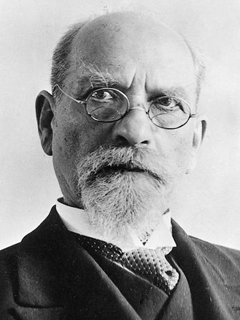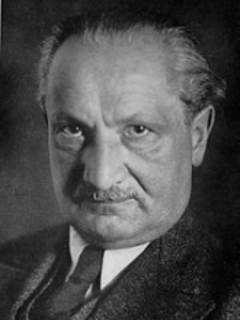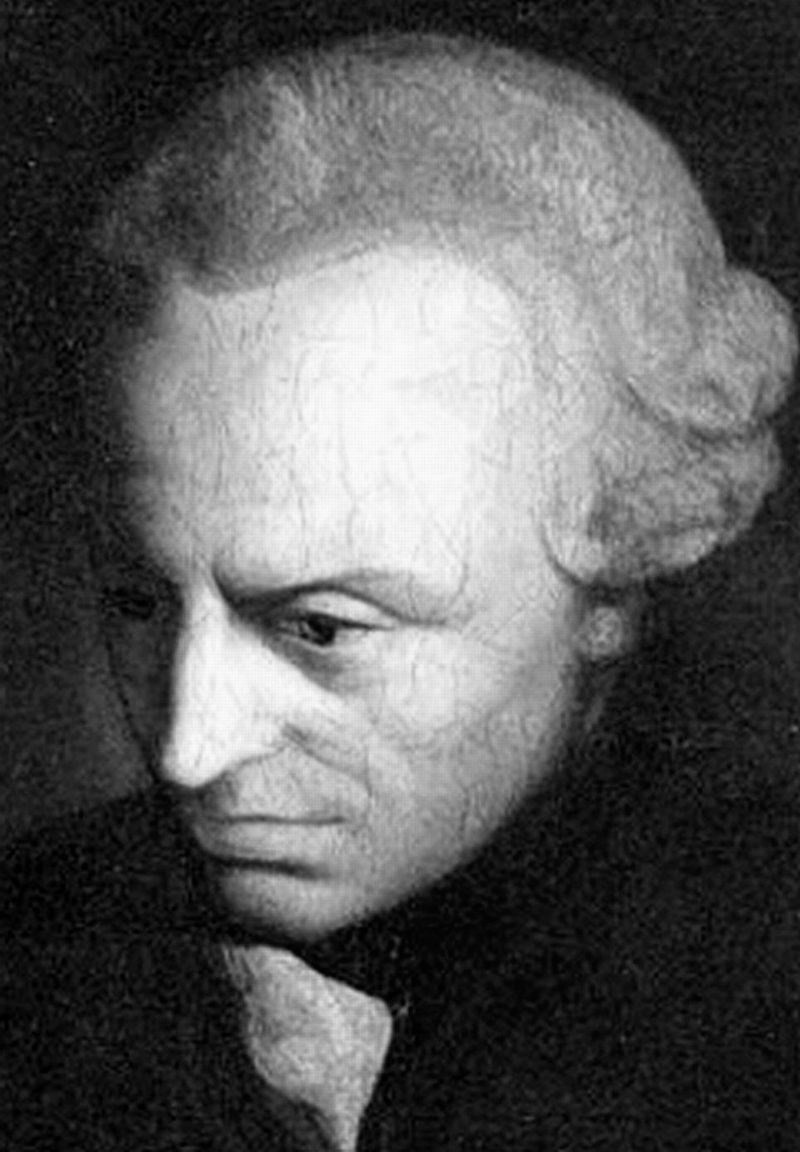
Publication details
Publisher: Palgrave Macmillan
Place: Basingstoke
Year: 2016
Pages: 77-96
ISBN (Undefined): 9781137550385
Full citation:
, "Meaning, being, and time", in: Phenomenology for the twenty-first century, Basingstoke, Palgrave Macmillan, 2016


Meaning, being, and time
the phenomenological significance of Dooyeweerd's thought
pp. 77-96
in: Simmons, James E. Hackett (eds), Phenomenology for the twenty-first century, Basingstoke, Palgrave Macmillan, 2016Abstract
In this chapter, Neal DeRoo begins by suggesting that Dooyeweerd is best understood as a phenomenologist, not a neo-Kantian (section "Phenomenology and Neo-Kantianism'). Once Dooyeweerd's work is understood to be closer to Freiburg than to Marburg, two central tenets of that work—meaning and temporality—can be reexamined in light of their phenomenological heritage and implications (section "Genesis, Meaning, Creation, and Temporality'). Doing so helps to demonstrate that Dooyeweerd offers a unique and significant response to Husserl and Heidegger, and as such not only offers us a new stream in the history of phenomenology, but more importantly offers a new wave for the future of phenomenology: the essential interrelation of supra-temporality and expression that together form the underexamined nexus at the heart of phenomenological thought (section "Moving Forward').
Cited authors
Publication details
Publisher: Palgrave Macmillan
Place: Basingstoke
Year: 2016
Pages: 77-96
ISBN (Undefined): 9781137550385
Full citation:
, "Meaning, being, and time", in: Phenomenology for the twenty-first century, Basingstoke, Palgrave Macmillan, 2016





